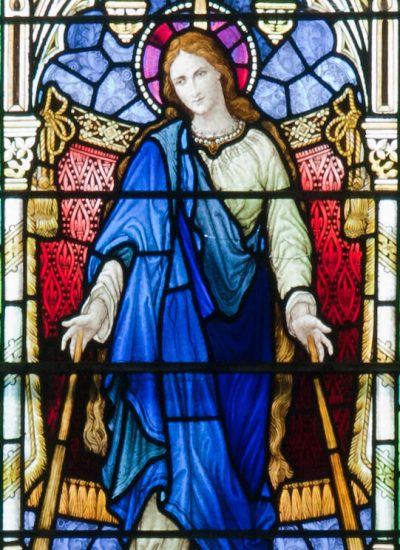On the Name Stella Maris
By now, we all know that Stella Maris is a Marian title that means “Star of the Sea.” Most of the cheeky flak we get for the Family name has to do with the fact that none of our parishes are situated on a sea, unless, of course, you’re referring to the Ohio River or East Fork. These are obviously a stretch. Let’s table the talk about maritime references. We’ll get to that. Right now, let’s deal with the name itself.

A Comedy of Errors
The title Stella Maris has an interesting history. It originated as a scribal error. Well, it was something of a comedy of errors, really. In classical literature, a comedy does not refer to hilarity, but a happy ending (as opposed to the sadness of tragedy). With Stella Maris, a series of errors, guided by Providence, manifests something of a “happy fault that earned for us so glorious” a Marian title.
In Hebrew, the name “Mary,” originally appeared as miryām. By the time of the Church Fathers it was being presented as maryam. Consequently, the range of possible meaning spans from “rebellion” to “bitter sea” to “mistress of the sea.” Things were muddy enough in the Hebrew before it was transliterated and translated into Greek. You can imagine what happens next.
In the 5th century AD, St. Jerome was translating a work of Philo of Alexandria (a 1st century Jewish philosopher) into Latin. As he did so, Jerome rendered the meaning Maryam as stilla maris, “drop of the sea” (mar = drop = stilla; and yam = sea = maris).
Several centuries after Jerome’s “drop of the sea,” a copyist transcribed stilla as stella, and “star of the sea,” Stella Maris, was born. Scholars agree that this was likely due to the fact that Latin peasantry often substituted an e for an i. This explains the change from stilla to stella and highlights yet another one of those “mistakes” allowed by and used by God’s providence to manifest his glory anew.
Some may find this history consoling.
As the idiom goes, God writes straight with crooked lines. The story of Stella Maris runs along the same crooked line made straight. And, whose life is not described by such an idiom? As we reflect on the words theologically, stilla captures something of Mary’s profound humility, while stella speaks to her role as a model and guide for us — a lodestar pointing the way to God. Mary’s humility allows her to rise as such a star for us.
Therefore, in those two words, Stella Maris, we see a divine comedy at play — God making the most of our human limitations and even propping them up as a source of consolation for generations of Catholics. These radical reversals and twists of plot are simply part of the way God makes his providence known to us, his adopted children.

What Sea?!
This is Clermont County. It’s not Florida, Mallorca, or a cute tourist town on a Great Lake. So, how do we account for a name like “Star of the Sea”? While the Marian title Stella Maris certainly has a maritime ring and features prominently in the bayside Catholic scene, the title has always had a more expansive, allegorical meaning. Remember, Nazareth, the home of Mary (the Star of the Sea), is as landlocked as it gets.

Calm amid the storms of life
The allegorical usage of the Stella Maris appears early in the title’s history. Stella Maris became popularized in the Ave maris stella, a liturgical hymn dating back to the 8th or 9th century. Here, Mary is hailed as the “bright star of the ocean,” but the rest of the hymn says nothing about seafaring. Instead, it’s about begging for freedom from the shackles of sin, invoking Mary’s motherly protection, and the like, until we reach a key verse:
Keep our life all spotless,
Make our way secure,
Till we find in Jesus,
Joy forevermore.
This verse indicates that the whole song about the “Star of the Sea” is allegorical — it’s about a journey to Jesus through the vast ocean of life with Mary as the lodestar. A quote from St. Paschasius Radbertus (d. 865), also writing in the 9th century confirms this allegorical interpretation: “Mary, Star of the Sea, must be followed in faith and morals lest we capsize amidst the storm-tossed waves of the sea. She will illumine us to believe in Christ, born of her for the salvation of the world.”
Under her protection, we have nothing to fear.
Jumping ahead in history, St. Bernard of Clairvaux wrote the following in the 12th century:
Mary . . . is interpreted to mean ‘Star of the Sea.’ … When the storms to temptation burst upon thee, when thou seest thyself driven upon the rocks of tribulation, look at the star, call upon Mary. When buffeted by the billows of pride, or ambition, or hatred, or jealousy, look at the star, call upon Mary. Should anger, or avarice, or fleshly desire violently assail the frail vessel of thy soul, look at the star, call upon Mary…With her for guide, thou shalt never go astray; whilst invoking her, thou shalt never lose heart; so long as she is in thy mind, thou shalt not be deceived; whilst she holds thy hand, thou canst not fall; under her protection, thou hast nothing to fear; if she walks before thee, thou shalt not grow weary; if she shows thee favor, thou shalt reach the goal.

Who more than Mary could be a star of hope for us?
And, leaping further ahead in time, we come to a beautiful passage from Pope Benedict XVI in Spe Salvi:
Human life is a journey. Towards what destination? How do we find the way? Life is like a voyage on the sea of history, often dark and stormy, a voyage in which we watch for the stars that indicate the route. The true stars of our life are the people who have lived good lives. They are lights of hope. Certainly, Jesus Christ is the true light, the sun that has risen above all the shadows of history. But to reach him we also need lights close by—people who shine with his light and so guide us along our way. Who more than Mary could be a star of hope for us?
There you have it. This sampling of Church history indicates the meaning of Stella Maris has always extended beyond the obvious reference to the waters that cover the face of the earth and to this pilgrim voyage of life. The truth is, Jesus gave us his Mother to guide us as we sail the seas of life, with its twists and turns, ups and downs, placidity and turbulence, sunshine and storms. We need that help whether we’re crossing the Atlantic, driving down OH-125, navigating relationships with children, or traversing a tough situation at work.

